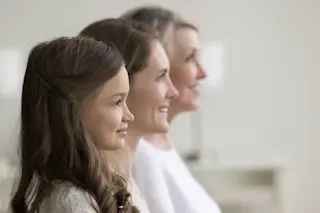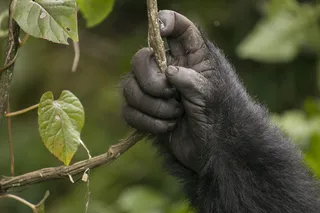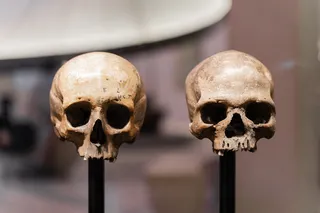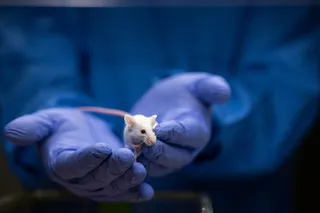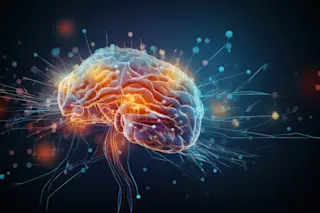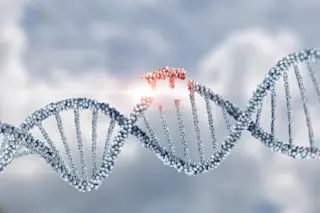Sometimes, resemblances between parent and child or siblings can be uncanny. Other times, such resemblances can pop up between aunt and niece or grandfather and grandchild. And still, other times, resemblances don’t exist at all.
One child may look like one parent, and their sibling may look like the other parent. Sometimes, certain facial traits seem to jump from one generation to the next repeatedly.
All of these outcomes lead us to wonder what impacts facial features. What part of our DNA is responsible for the structure and physical features that make us unique? And how much do other factors like our environment and our diet come into play?
Genetics obviously plays a dominant role in our facial features. How else would we look so much like our family members? Still, many questions about how it all works remain.
“We know some parts of the genome that influence facial features, ...



